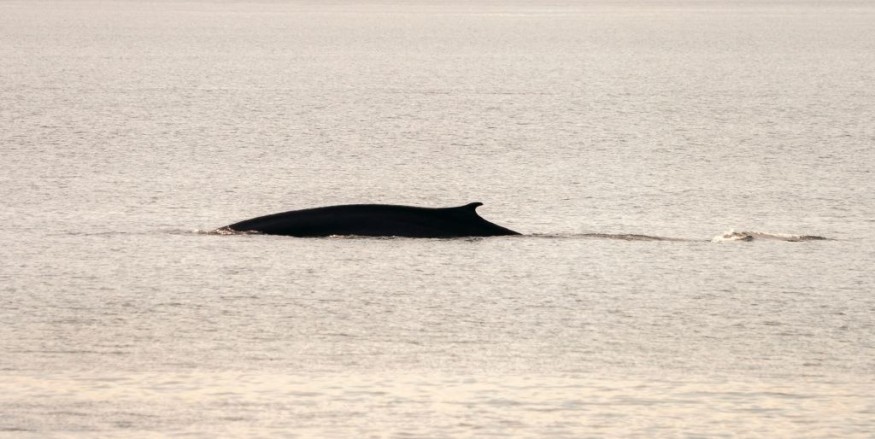
A study recently found out that blue whale hybrids in Atlantic Ocean are more reproductively viable.
Genetic Diversity
Experts said that whale hybrids are much more reproductively viable than previously realized.
They said that knowledge of genetic diversity and structure is essential for developing conservation strategies for endangered species.
Blue whales were hunted to near extinction in the mid-twentieth century. Not-withstanding almost 380,000 animals killed globally, much remains unknown about their population structure and migration patterns.
In the study, experts utilized whole genome sequencing to elucidate the poorly understood population genetics of North Atlantic (NA) blue whales.
They generated a de novo genome assembly for a NA blue whale to analyze 19 other whole genomic sequences and 31 complete mitochondrial genomes. Present-day and historical samples (earliest from 1876) from the Atlantic and Antarctic Oceans were included to understand the impact of whaling on the genetic diversity of this species.
Scientists had found low but statistically significant population structuring and high genetic diversity.
Demographic modeling using fastsimcoal2 rejected an absence of gene flow between eastern and western NA blue whales and suggested an asymmetric west to east gene flow.
Introgression estimated using D-statistics between blue and fin whales (Balaenoptera physalus), was observed in all present-day samples. This gene flow was found to be unidirectional from fin whales to blue whales and accounts for ~ 3.5% of the NA blue whale's genome.
Experts said that sequencing and population structure analyses provided a genomic baseline to inform ongoing conservation strategies for this iconic species.
The results of the study had indicated recent introgression observed in NA blue whales took place after the separation between NA and Antarctic subspecies.
Hybridization between species can occur naturally or result from breeding disruptions promoted by anthropogenic activities and effects.
While the abundance of fin whales was negatively impacted by whaling, their numbers still greatly exceed that of blue whales globally.
Hybridization can, in some cases, lead to the extinction of distinct species through introgressive swamping of the genome. The relatively small sample sizes from early whaling and post-whaling blue whales preclude drawing conclusions on whether hybridization rates are changing.
Further, while male fin whales are smaller than their blue whale counterparts, they have comparable cruising and sprinting speeds, which could make male fin whales competitive during courtship chases where blue and fin whales are sympatric.
Fast, Powerful Whales
The blue whale (Balaenoptera musculus) is the largest animal that has ever lived, with individuals reaching 30 m in length and weighing up to 150 tonnes.
They are usually found in oceans across the globe but were historically most abundant in the Southern Ocean.
These whales were too fast and powerful for early whalers to catch using traditional methods and it was not until technological advancements in the 1860s that commercial exploitation of the large "rorqual" whales became possible.
Whaling for blue whales began in the Northeast Atlantic (NEA) and subsequently spread rapidly to all other oceans on an industrial scale.
© 2025 NatureWorldNews.com All rights reserved. Do not reproduce without permission.





